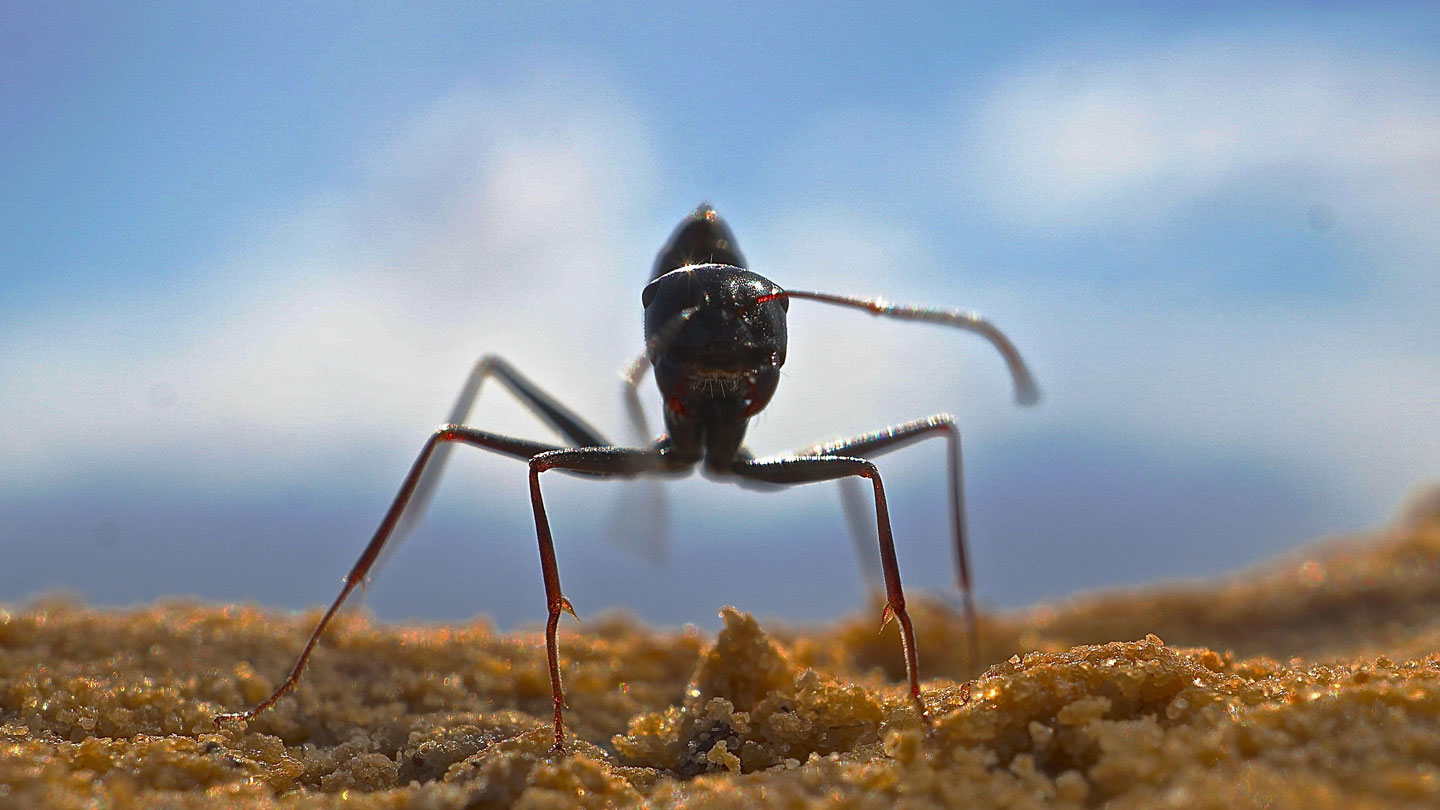Ants have discovered a new way to avoid getting lost: by building taller anthills.
“I am surprised and fascinated that ants have visual acuity at the distances implied in this work,” says ecologist Judith Bronstein of the University of Arizona in Tucson who wasn’t involved in the new study. It “also implies that ants regularly assess the complexity of their local habitat and change their decisions based on what they conclude about it.”
Desert ants (Cataglyphis spp.) use a navigation system called path integration, relying on the sun’s position and counting their steps to keep track of where they are relative to their nest (SN: 1/19/17). However, this system becomes increasingly unreliable as distance from the nest increases. Like other types of ants, desert ants also rely more generally on sight and smell. But the vast, almost featureless salt pans look nearly the same in every direction.
“We realized that, whenever the ants in salt pans came closer to their nest, they suddenly pinpointed the nest hill … from several meters distance,” says Markus Knaden, a neuroethologist at Max Planck Institute for Chemical Ecology in Jena, Germany. “This made us think that the hill functions as a nest-defining landmark.”
2023-05-31 10:00:14
Original from www.sciencenews.org
